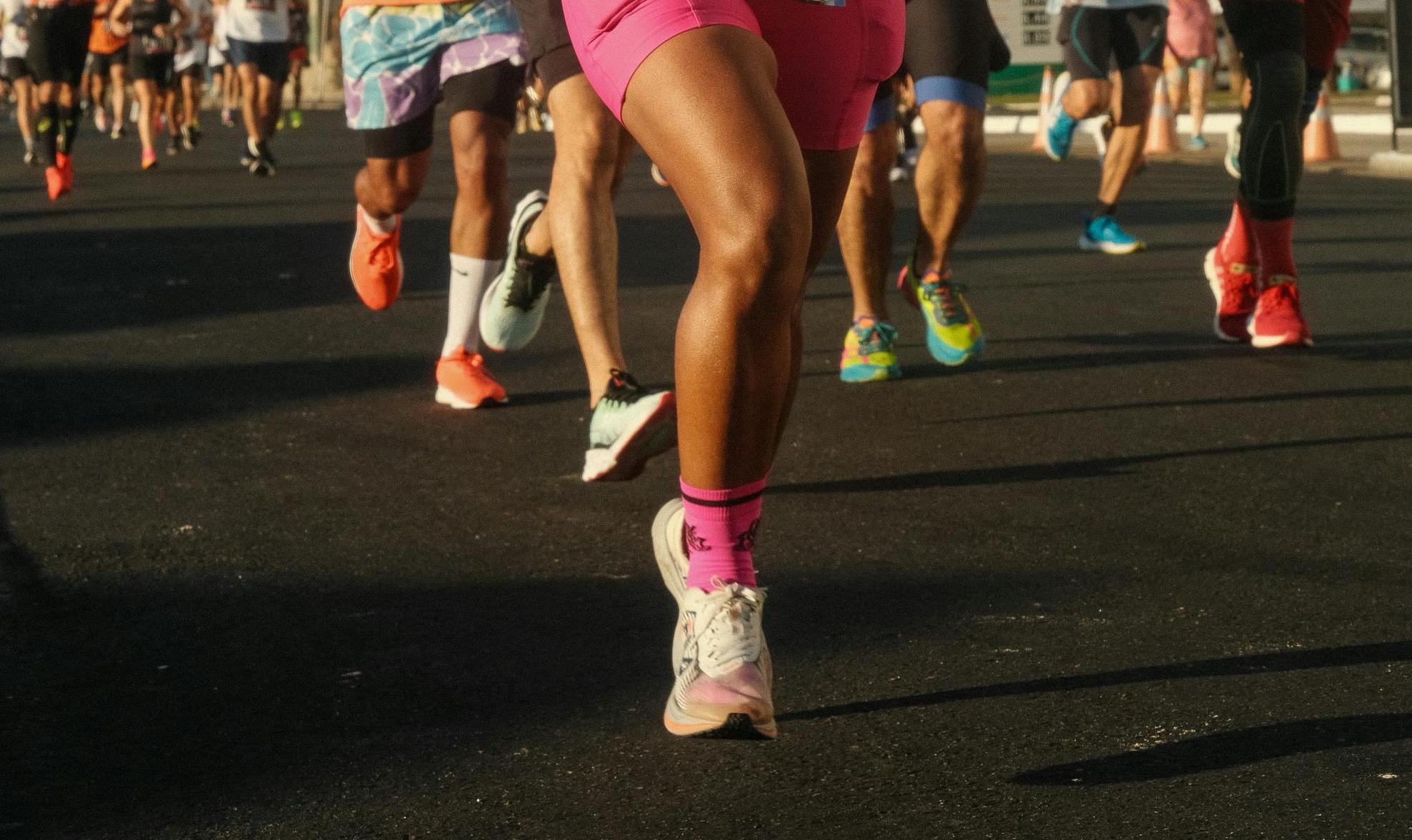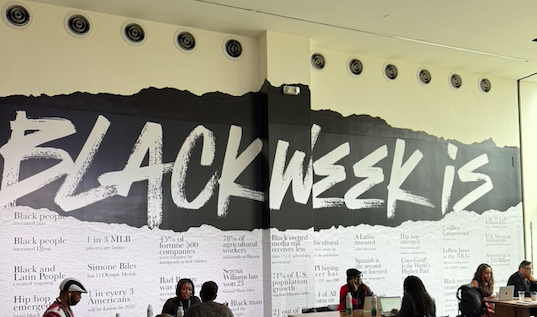Global Wellness Real Estate Market Surges to $584 Billion, Creates New Opportunities for Healthier Communities
A new report from the Global Wellness Institute explores the wellness real estate market's explosive growth

The wellness real estate market has experienced explosive growth, reaching $584 billion in 2024 and positioning itself as the fastest-growing sector within the global wellness economy, according to a new report published in June 2025 by the Global Wellness Institute. This represents more than double the market size from 2019, and is projected to expand beyond $1 trillion by 2029.

The report defines wellness real estate as “[b]uilt environments proactively designed, built, and operated to support the holistic health of occupants, visitors, and the community.” This means the intentional development and expansion of properties and communities that are supporting the well-being of people who work, live and visit there.
Notably, this new research addresses the expansion from primarily luxury amenities toward more accessible wellness-focused housing options. The report highlights a crucial shift from high-end properties to affordable co-living models, public housing initiatives, and build-to-rent developments that prioritize health and wellbeing for middle-income residents.
However, the report's emphasis on "wellness-centric urban regeneration," especially in the United States, raises important questions about gentrification in urban centers. As cities invest heavily in revitalizing waterfronts, creating green spaces, and developing large-scale wellness projects that combine housing, offices, and recreation, these improvements could inadvertently price out long-term residents of color who have historically lived in these areas. The challenge lies in ensuring that wellness-focused real estate improvements benefit existing communities rather than displacing them.
While the report estimates that roughly 99% of all wellness real estate is concentrated in North America, Asia–Pacific and Europe; Latin America and the Caribbean showed the highest regional growth rate at 24% annually, followed by the Middle East and North Africa at 22.6%.
Perhaps most importantly, the market is embracing a more holistic approach to wellness that extends beyond physical health to include mental, social, and civic wellbeing. This shift addresses environmental factors that directly impact quality of life across communities, from climate-adaptive building features to healthy food environments and urban regeneration projects that prioritize green spaces and community connection.
.png)





